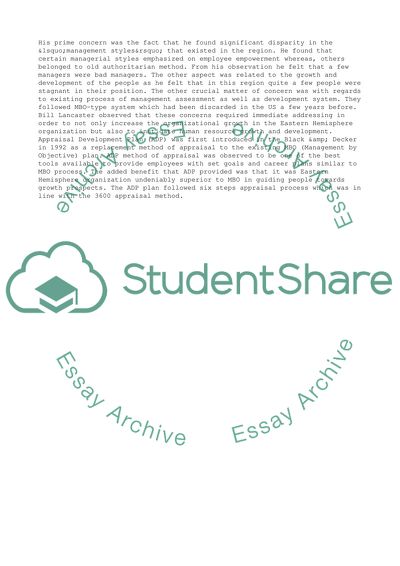Cite this document
(“Black & Decker - Eastern Hemisphere and ADP Initiative Case Study - 1”, n.d.)
Retrieved from https://studentshare.org/management/1576403-black-decker-eastern-hemisphere-and-adp-initiative-case
Retrieved from https://studentshare.org/management/1576403-black-decker-eastern-hemisphere-and-adp-initiative-case
(Black & Decker - Eastern Hemisphere and ADP Initiative Case Study - 1)
https://studentshare.org/management/1576403-black-decker-eastern-hemisphere-and-adp-initiative-case.
https://studentshare.org/management/1576403-black-decker-eastern-hemisphere-and-adp-initiative-case.
“Black & Decker - Eastern Hemisphere and ADP Initiative Case Study - 1”, n.d. https://studentshare.org/management/1576403-black-decker-eastern-hemisphere-and-adp-initiative-case.


